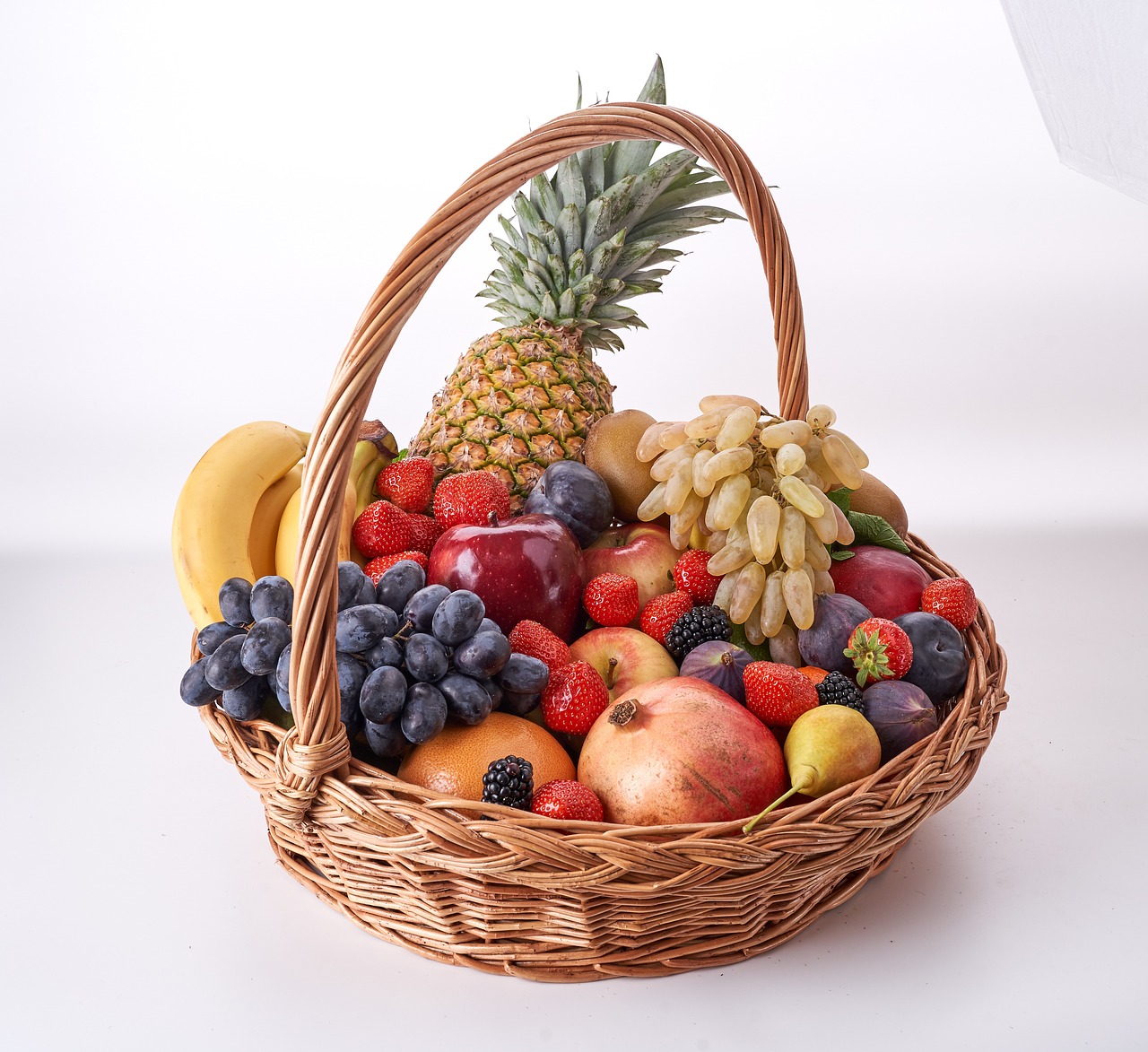Integrate more fruits and vegetables into your diet.
Incorporating more fruits and vegetables into your daily routine doesn’t have to be a daunting task. Whether you’re striving for better health, weight management, or simply looking to boost your energy levels, adding a variety of these nutritious foods to your diet can have significant benefits. Here’s a comprehensive guide to making fruits and vegetables a regular part of your meals with creative, practical tips that are easy to implement.
#1. Start Your Day with a Veggie-Boosted Breakfast
Transforming your breakfast is an effective way to sneak in more veggies. Begin by adding vegetables to your morning eggs or omelets. Spinach, bell peppers, and tomatoes blend seamlessly with scrambled eggs or frittatas. Not only do they enhance the flavor, but they also add vital nutrients.
Another great option is to blend vegetables into your smoothies. A handful of spinach or kale adds a boost of vitamins without altering the taste. Combine these greens with fruits like bananas, berries, and a splash of almond milk for a nutrient-packed breakfast.
2. Snack Smart with Fruits and Vegetables
Replace traditional snacks with healthier alternatives. Fresh fruit, such as apples, oranges, or grapes, makes for a satisfying and nutritious snack. Pairing fruits with a small serving of nuts or yogurt can add protein and keep you fuller longer.
Vegetables can also be a tasty snack. Try sliced cucumbers, bell peppers, or baby carrots with a side of hummus or a light dip. Pre-chop your veggies and store them in the fridge for quick, on-the-go snacking.
3. Add Fruits and Vegetables to Your Favorite Recipes
Elevate your go-to dishes by incorporating more fruits and vegetables. Add extra veggies to pasta sauces, soups, or stews. Finely chop or grate vegetables like carrots, zucchini, or mushrooms and mix them into your sauces for added texture and nutrition.
Fruits can also be a delightful addition to savory dishes. Add sliced apples or pears to salads for a touch of sweetness, or top your grilled chicken with a pineapple salsa. This approach not only enhances the flavor but also increases the nutritional value of your meals.
Integrate more fruits and vegetables into your diet.
4. Experiment with Veggie-Loaded Soups and Stews
Soups and stews are perfect for integrating a variety of vegetables. Start with a base of onions, garlic, and celery, then add in your choice of vegetables like kale, tomatoes, or sweet potatoes. These dishes are not only comforting but also offer an easy way to consume a variety of nutrients in one bowl.
Consider making large batches and freezing portions for quick, healthy meals throughout the week. This ensures you always have a nutritious option ready to go, and it makes meal planning much simpler.
5. Discover the Benefits of Vegetable-Based Pasta
Swap traditional pasta for vegetable-based alternatives to boost your intake of vegetables. Zucchini noodles, also known as “zoodles,” are a fantastic substitute. They have a similar texture to pasta and can be paired with your favorite sauces.
You can also try spaghetti squash or sweet potato noodles as alternatives. These options provide additional vitamins and minerals while offering a satisfying, low-carb meal. Experiment with different vegetable-based pastas to find what you enjoy the most.
6. Incorporate Vegetables into Baked Goods
Baking doesn’t have to be limited to sugary treats. Incorporate vegetables into your favorite baked goods to enhance their nutritional profile. Try adding shredded carrots or zucchini to muffins, or incorporate mashed sweet potatoes into brownies.
These subtle additions increase the fiber content and nutrient density of your baked goods. Plus, they’re a great way to sneak vegetables into the diets of picky eaters, especially children.
7. Use Fruits and Vegetables in Your Beverages
Infuse your beverages with fruits and vegetables for added flavor and nutrients. Try adding slices of cucumber or lemon to your water for a refreshing twist. Fruit-infused water not only tastes great but also encourages you to drink more throughout the day.
Smoothies are another excellent way to blend fruits and vegetables. Combine ingredients like spinach, kale, berries, and a banana with your choice of liquid for a delicious, nutrient-rich drink. Try out various combinations to discover what you enjoy most.
8. Make Fruits and Vegetables the Star of Your Meals
Shift the focus of your meals to fruits and vegetables. Instead of making meat the centerpiece, try creating vegetable-centric dishes. For example, a hearty vegetable stir-fry or a vibrant quinoa salad loaded with veggies can be both filling and satisfying.
Consider planning your meals around seasonal produce. Seasonal fruits and vegetables are often more flavorful and affordable. Visit your local farmers‘ market to discover what’s in season and get inspired by fresh, local options.
9. Prepare Veggie-Based Sauces and Dips
Create homemade sauces and dips that feature vegetables as the main ingredient. Tomato sauce can be enriched with pureed vegetables like carrots, spinach, or bell peppers. Similarly, blend cooked and cooled vegetables into a smooth dip for a healthy alternative to store-bought options.
These sauces and dips can be used as toppings, dressings, or side dishes, making it easy to add more vegetables to your meals. They also offer a flavorful way to increase your vegetable intake without feeling like you’re making a significant change.
10. Plan Ahead with Veggie-Packed Meal Prep
Meal prepping is a powerful tool for ensuring you consistently eat more fruits and vegetables. Dedicate some time each week to prepare and portion out meals that are rich in vegetables. Roast a variety of vegetables to use as sides, or make a big batch of vegetable soup for easy lunches.
Store pre-chopped vegetables in your fridge so you have them ready to go for quick cooking or snacking. Planning and preparing in advance helps you stay on track and makes it easier to stick to your dietary goals.
Conclusion
Integrating more fruits and vegetables into your diet doesn’t have to be complicated. With a little creativity and planning, you can enhance your meals and snacks with these nutritious foods. Start by incorporating vegetables into your breakfast, experimenting with veggie-based pasta, and making fruits and veggies the star of your meals. Remember, the key is to make small, sustainable changes that fit your lifestyle. Embrace these simple strategies, and you’ll soon find that eating more fruits and vegetables becomes second nature, leading to a healthier, more vibrant you.

